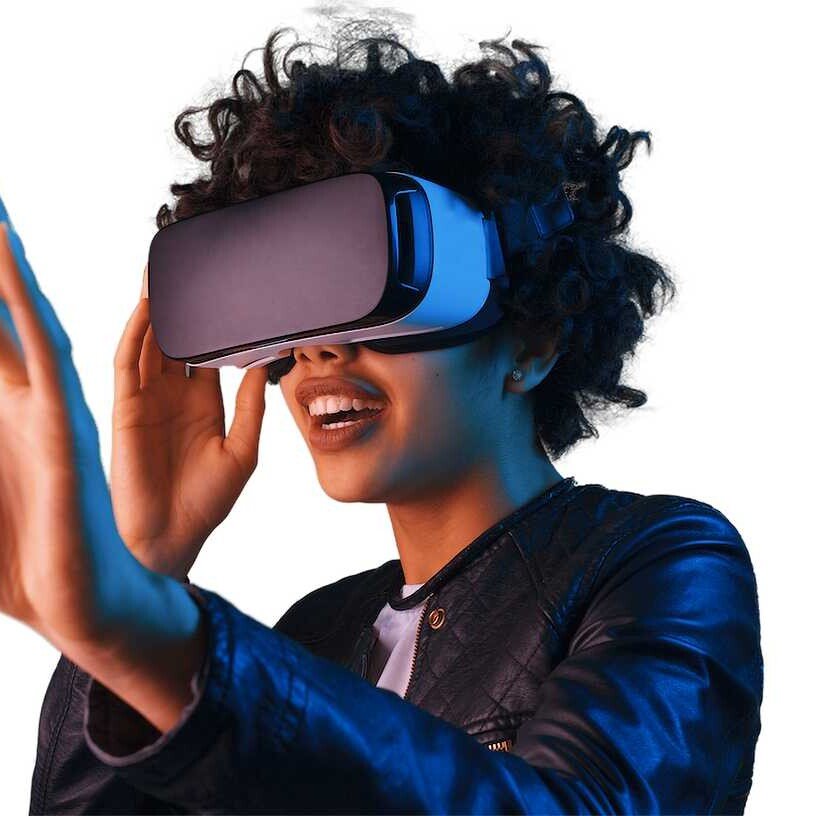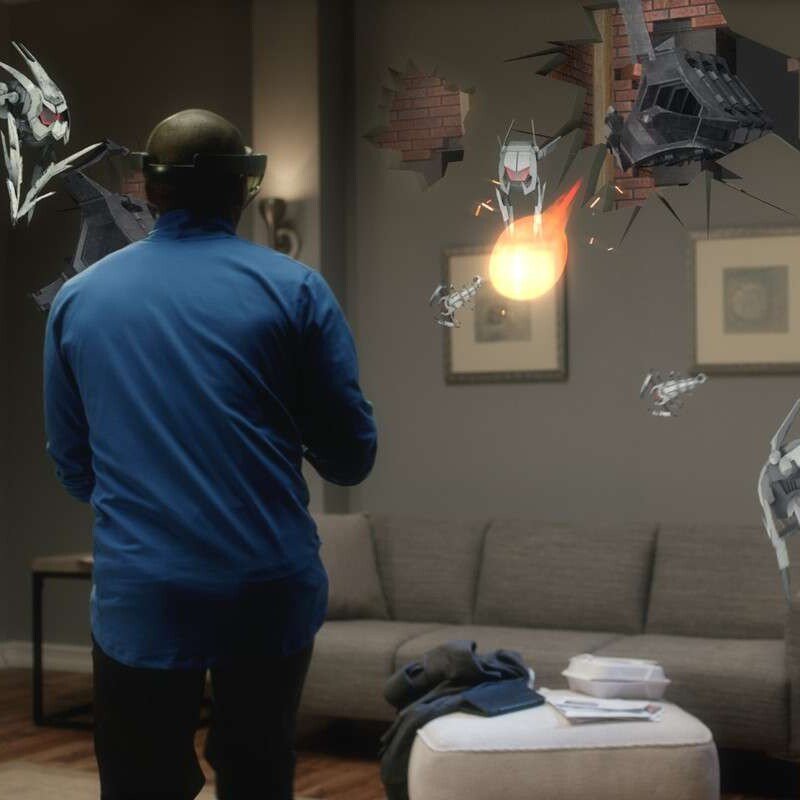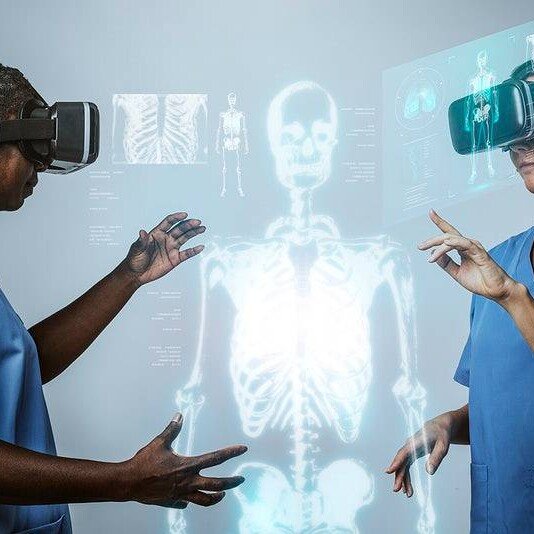Augmented reality (AR)
Augmented reality (AR) is an interactive 3D experience of the real-world environment where the objects in the real world are enhanced or overlayed by computer-generated virtual information.
Augmented reality alters the perception one has as regards the real world of a particular environment, which may involve multiple sensory modalities, including visual, auditory, olfactory, and haptic.
AR is currently used in different ways, such as through AR goggles that combine a view of both the immediate environment and combining them with virtual images or graphics on the computer or even a smartphone that uses the camera to manipulate the view of the viewer by overlaying or masking objects with the real world.
This makes the information of the viewer digitally interactive and now perceived as a natural part of the environment.

AR experiences are closer to the physical world end of the reality-virtuality continuum.
While AR allows the superposition of digital elements into the real-world environment, it is important to know that there is no interaction between digital elements and the physical world elements.
AR users are not isolated from the real world and can still interact and see what’s going on in front of and around them.
The ability to overlay digital objects onto the physical world is revolutionizing many industries, including healthcare.
Its use in educating patients about their diseases, being a therapy tool for overcoming pain and traumatic experiences, as a teaching aid for medical students, etc are among the few ways AR has been adopted in healthcare.
Examples of augmented reality in healthcare
1. Oculenz
OcuLenz is a hardware and software augmented reality heads-up display headset, a solution for people with moderate to severe age-related macular degeneration (AMD).
It improves the ability to read small letters and print at near and far viewing distances in patients with scotoma impairments from advanced AMD.
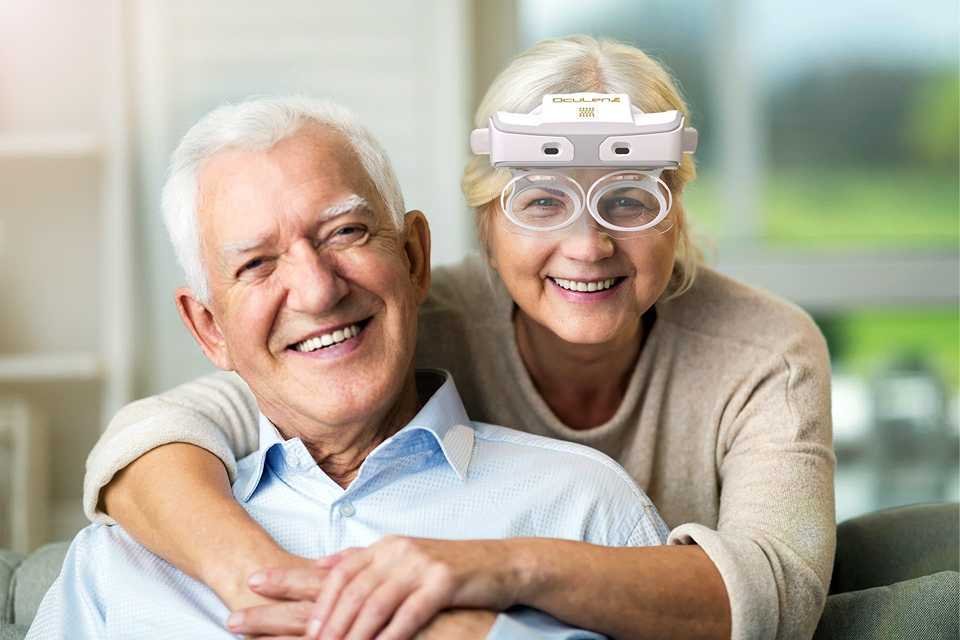
2. AED4EU app
This mobile application displays nearby defibrillators, a piece of vital information in emergencies, e.g., a situation whereby a colleague or passerby suddenly collapses.
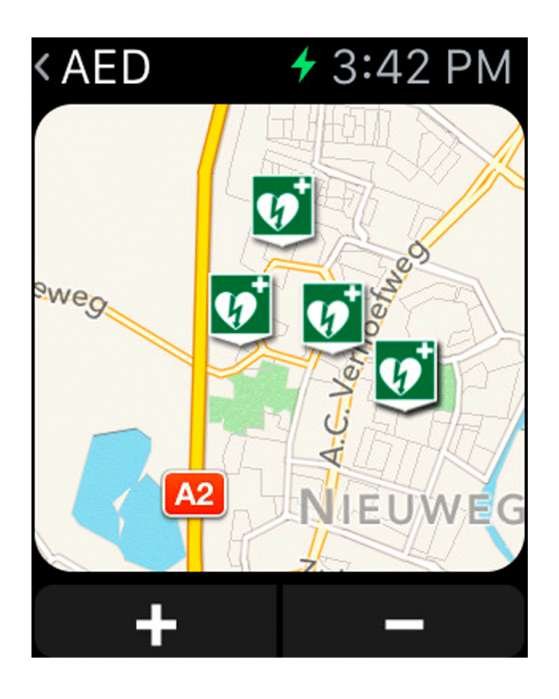
3. Accuvein
A device that detects the location of veins on a human body part and thereafter projects this vision for healthcare personnel to see.
That is reported to improve vein visualization by 3.5%.
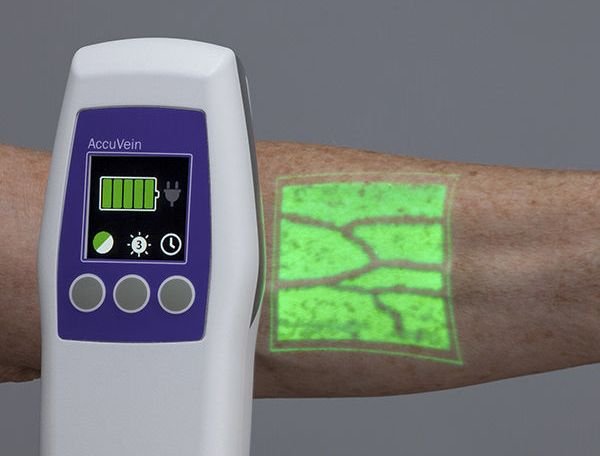
4. AR Glasses
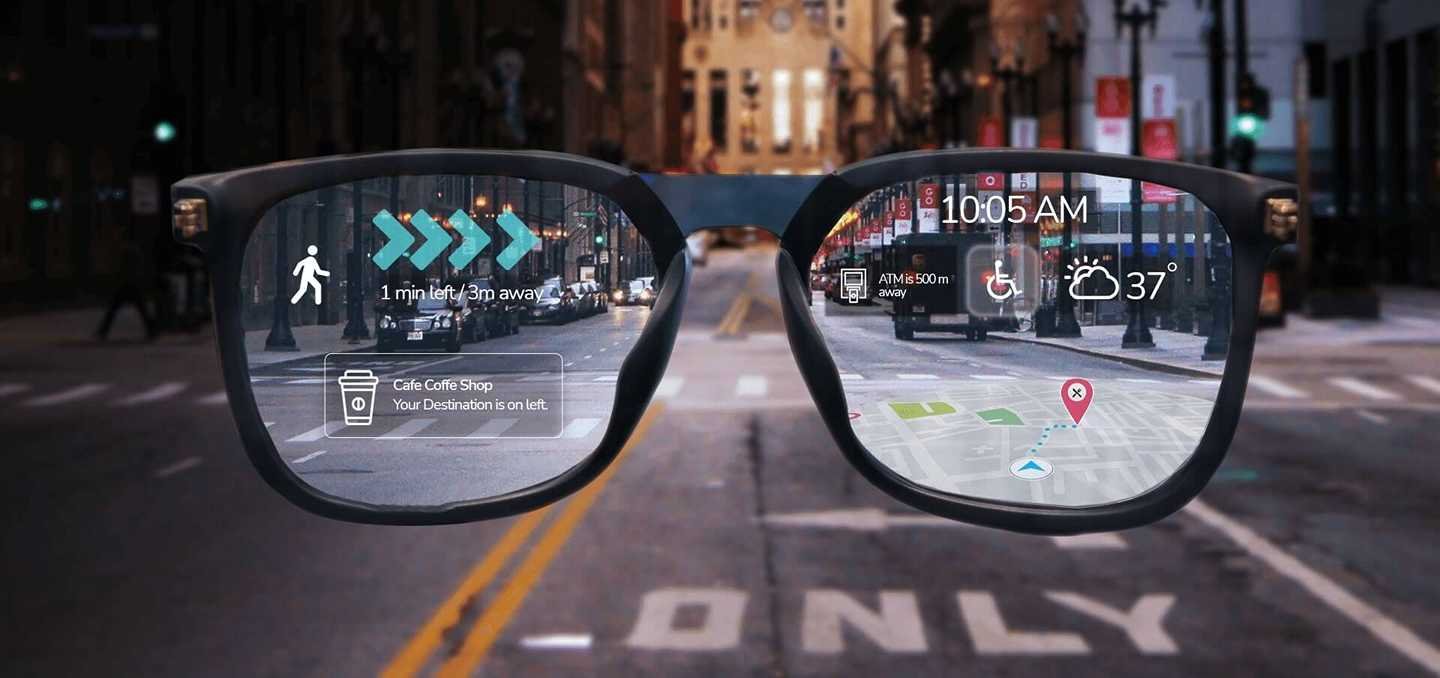
5. Curiscope
A mobile AR application designed to stimulate curiosity in children and teach them about the human body and the world at large.
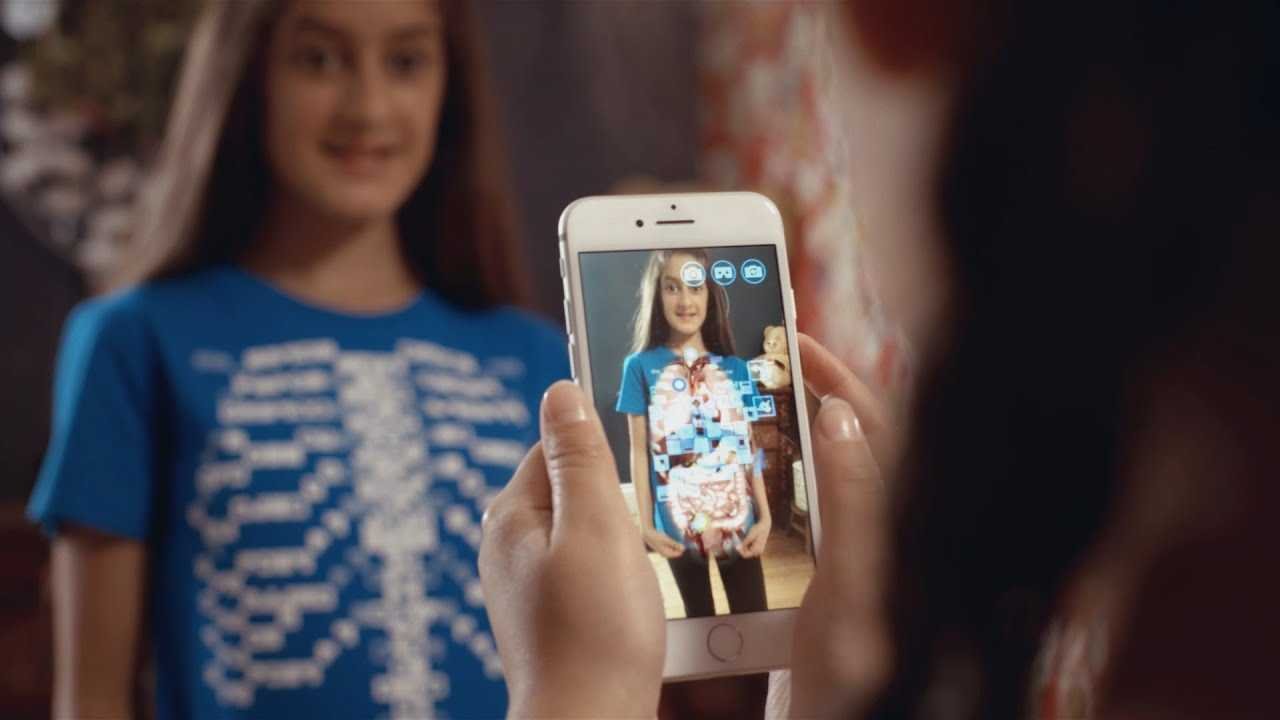
Applications of augmented reality in healthcare
1. Patient education
Augmented reality-based tools and features are being used in healthcare by professionals to communicate, inform, and engage patients in medical situations and also create new techniques to aid medical practice.
2. Personalized care
Smart glasses built with AR software superimpose real-time data from the scanner of a dentist, enabling him to build precise crowns or caps for patients.
This helps save time, gives precise treatment to patients, and is cost-effective.
3. Professional training
Professors take advantage of AR and use it to train medical students on basic anatomy concepts, and doctors also use it to learn new therapies and drugs.
The aim of this is to simplify education for the learner.
Students studying in the field of medical professionals can make use of 3D augmented reality to access the human body in projects and practicals.
This not only makes learning interesting but also shows clarity to students by seeing the muscles, veins, and tissues in the holographic model using AR-based applications.
4. Remote Surgical Operations
There are situations of emergency where a surgeon needs to perform surgery and is miles away from the patient.
Using VIPAR( Virtual Interactive Presence in Augmented Reality), a video solution that surpasses telemedicine, a surgeon can remotely guide a peer to operate by projecting his hands into a display.
5. Surgical accuracy
Surgeons can rely on 3D AR to operate with accuracy, which will also increase the success rate of many complex surgeries by avoiding unnecessary risks.
With augmented reality, they can use image reconstruction technology for any kind of tumor.
It will also give X-ray visibility to doctors in the real world, and they will be able to know and locate where the tumor is in the body for better operation of the body.
This reduced the level of difficulty and risk while using augmented reality.
Damola Obisesan
Damola is a medical doctor who has worked in the Nigerian healthcare industry for a little over 3 years in a number of primary, secondary, and tertiary hospitals. He is interested in and writes about how technology is helping to shape the healthcare industry. He graduated from the College of Medicine, University of Ibadan, the foremost medical training institution in Nigeria.
